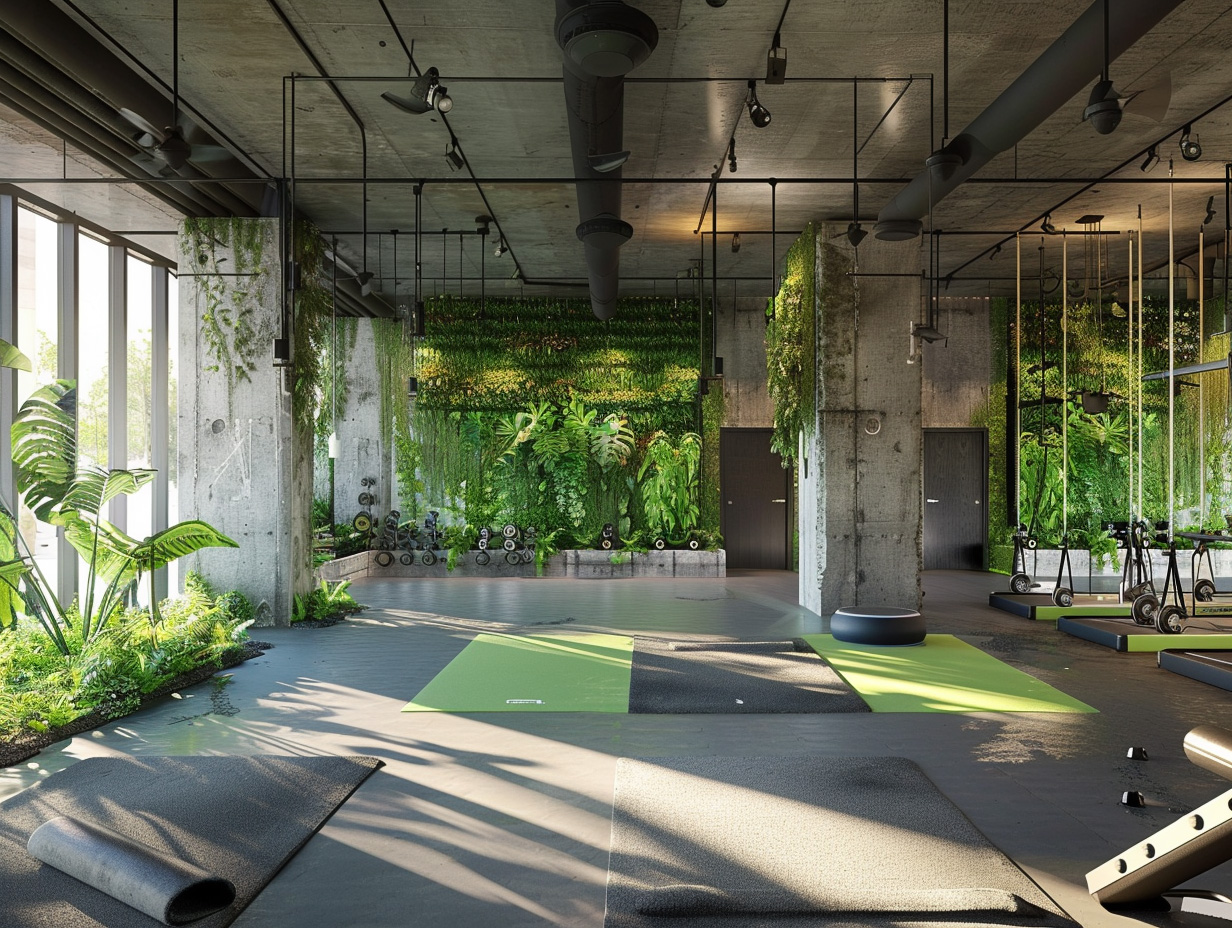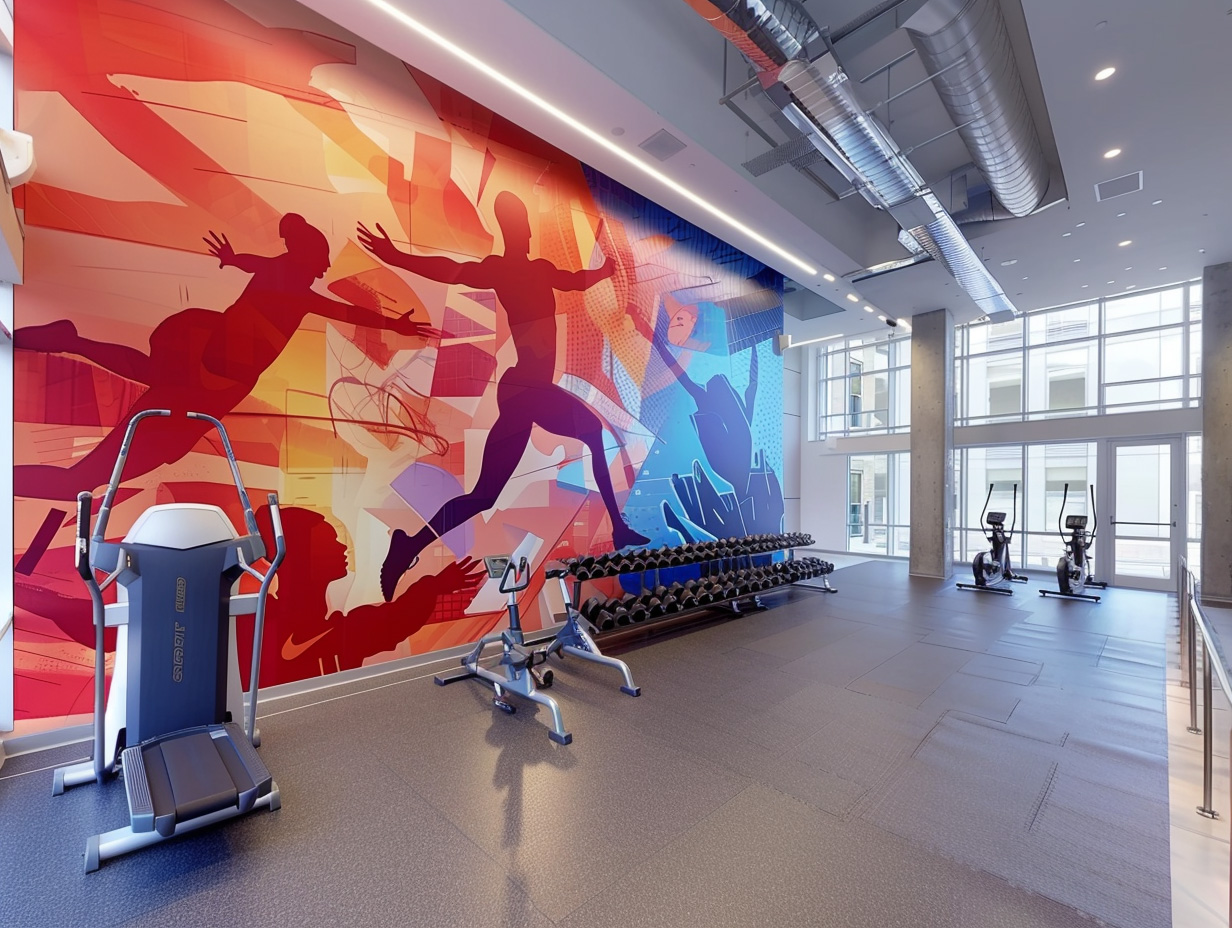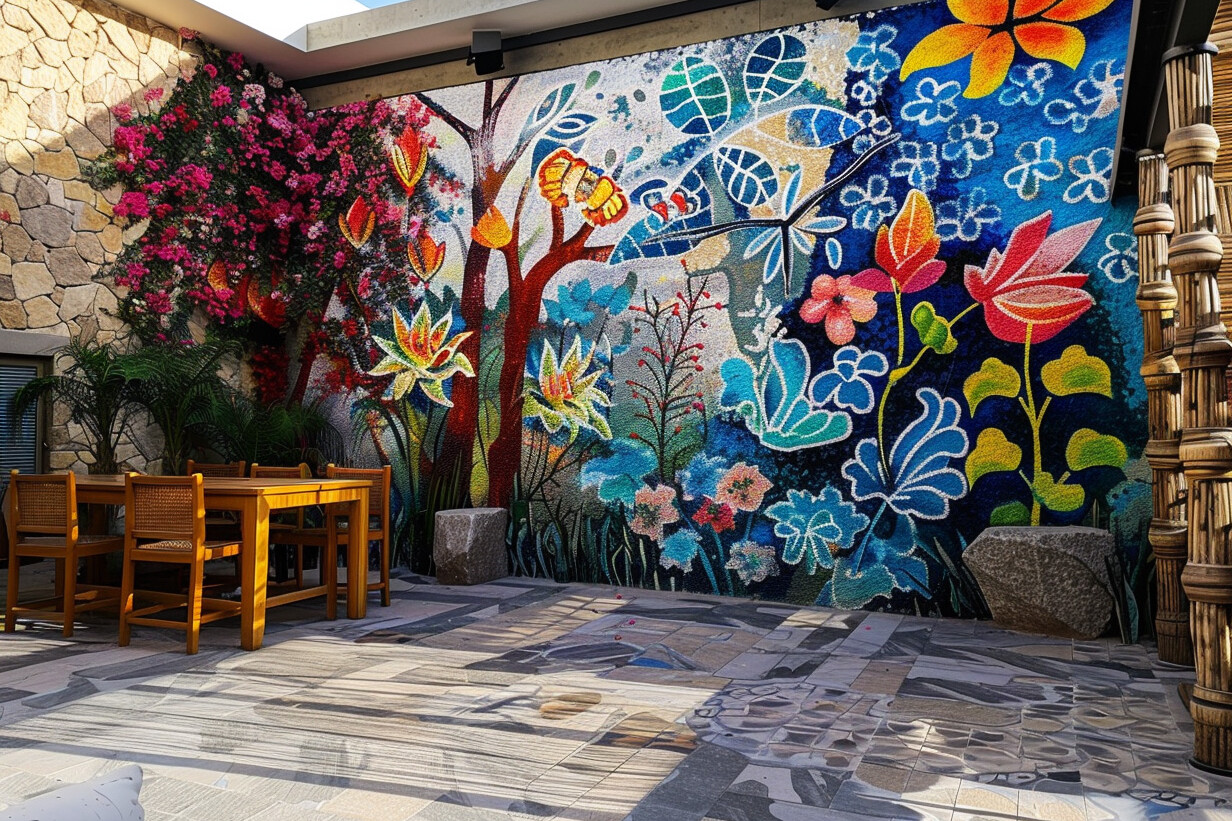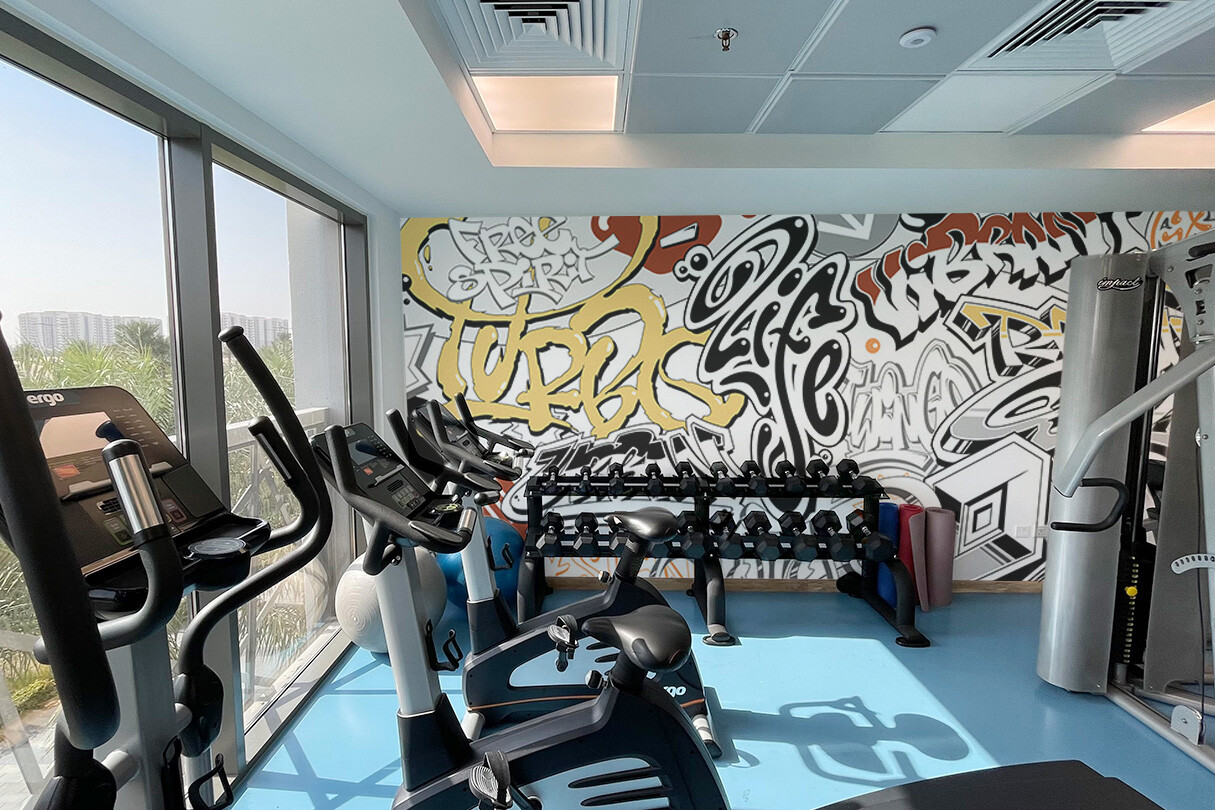Step into a world where fitness meets eco-consciousness, where the clinks of weights intertwine with the gentle whispers of sustainability. Imagine a space where every squat and lunge contribute to not just physical well-being but also environmental welfare. This is the realm of eco-friendly gym designs, where the roar of treadmills is harmonized with the quiet hum of energy-efficient lighting, creating a synergy that transcends mere exercise. In this blog post, we delve into the innovative realm where **eco-friendly gym design** and aesthetic allure converge, redefining the fitness landscape. Gone are the days when gyms were synonymous with sterile environments and energy-guzzling equipment. Today, **sustainability in fitness** takes center stage, with green gyms emerging as pillars of environmental responsibility and health-consciousness. From the bustling streets of Dubai to the tranquil corners of the world, the focus on **Dubai’s environmental** initiatives has paved the way for a new era in gym design. By incorporating **sustainable materials** and cutting-edge technologies, these eco-friendly fitness spaces not only reduce their carbon footprint but also elevate their aesthetic appeal, transforming workouts into immersive experiences. Join us on a journey where sweat meets sustainability, and where every rep counts not just for your body, but for the planet.
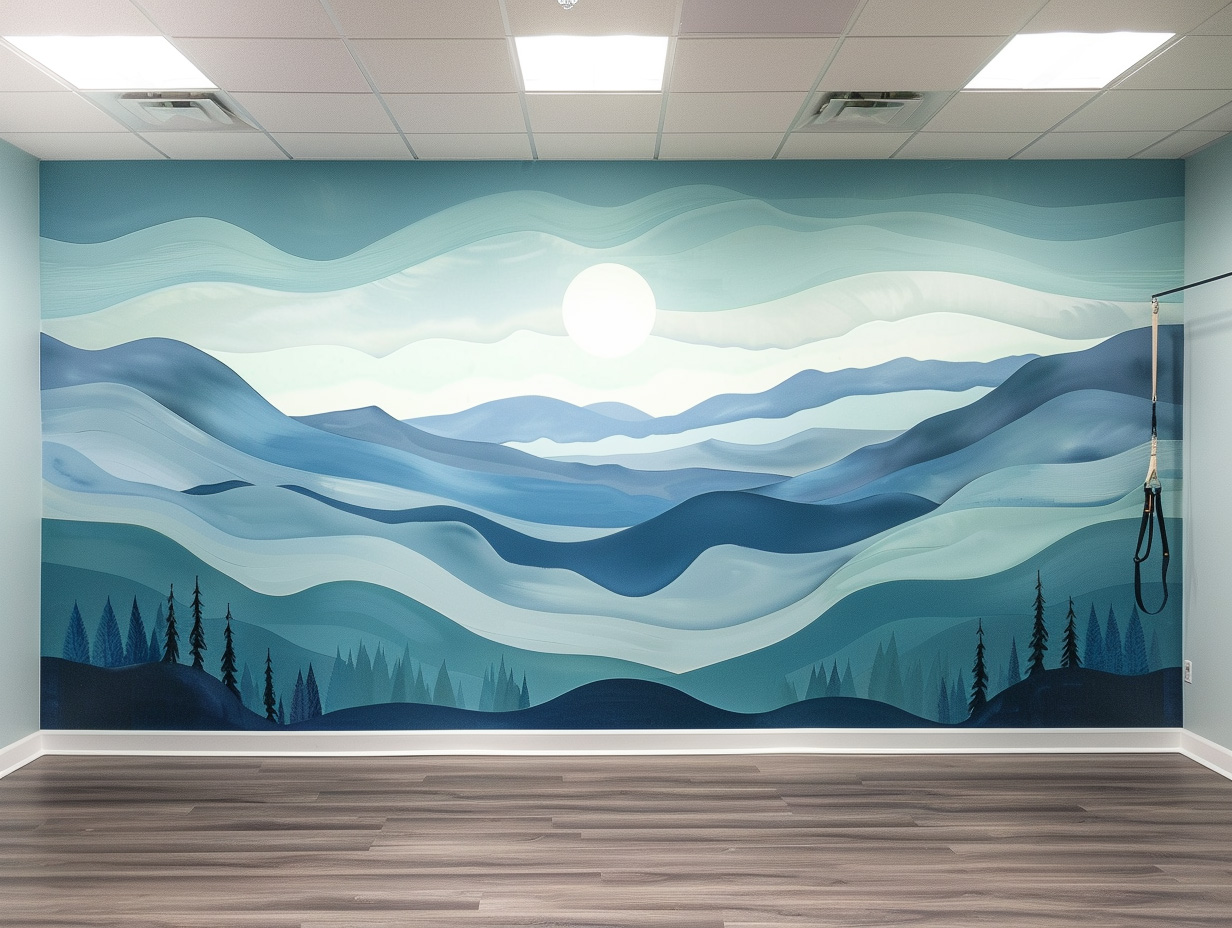 Implementing Vertical Gardens and Living Walls in Gym Spaces
Implementing Vertical Gardens and Living Walls in Gym Spaces
In the quest for eco-friendly gym designs, one innovative approach gaining popularity is the implementation of vertical gardens and living walls. These green installations not only add a touch of natural beauty to gym spaces but also contribute to a healthier and more sustainable environment.Vertical gardens are essentially walls covered in vegetation, creating a lush and vibrant backdrop for workouts. By incorporating these living walls into gym spaces, fitness enthusiasts can enjoy the benefits of being surrounded by nature while engaging in their exercise routines. The plants help purify the air by absorbing carbon dioxide and releasing oxygen, creating a fresher and cleaner atmosphere within the gym. This not only enhances the overall workout experience but also promotes better respiratory health for gym-goers.Furthermore, vertical gardens act as natural insulators, helping to regulate temperature and humidity levels within the gym. This reduces the need for excessive air conditioning or heating, resulting in significant energy savings. Additionally, these green installations can help mitigate noise pollution by absorbing sound waves, creating a more peaceful and tranquil workout environment.
Incorporating Sustainable Materials in Gym Flooring
Another crucial aspect of eco-friendly gym designs is the use of sustainable materials in flooring. Traditional gym floors often consist of materials that are non-recyclable or have a high carbon footprint. However, with sustainability at the forefront of design considerations, innovative alternatives have emerged.One such material is recycled rubber flooring made from discarded tires. Not only does this reduce waste by repurposing old tires that would otherwise end up in landfills or incinerators, but it also offers excellent shock absorption properties. This makes it ideal for high-impact activities such as weightlifting or cardio exercises while minimizing strain on joints.Additionally, bamboo flooring has gained popularity due to its sustainability credentials. Bamboo is a fast-growing grass that can be harvested without killing the plant itself. It is highly durable and resistant to moisture, making it an excellent choice for gym environments. Furthermore, bamboo has a natural aesthetic appeal, adding a touch of elegance to eco-friendly gym designs.
Innovative Sustainable Materials in Gym Design
The future of eco-friendly gym designs lies in the utilization of innovative sustainable materials. One such material making waves in the fitness industry is algae-based foam. Algae is a highly renewable resource that can be harvested and processed into foam-like materials suitable for gym equipment and accessories. This not only reduces reliance on petroleum-based foams but also helps sequester carbon dioxide from the atmosphere during algae cultivation.Another emerging trend is the use of recycled plastic in gym equipment manufacturing. By repurposing plastic waste, gyms can contribute to reducing the environmental impact of plastic pollution while creating functional and durable fitness equipment. This innovative approach aligns with the principles of circular economy, where resources are reused and recycled to minimize waste generation.
Conclusion: The Future of Eco-Friendly Gym Designs
As sustainability becomes an increasingly important consideration across various industries, eco-friendly gym designs are at the forefront of this movement. By incorporating vertical gardens and living walls, gyms can create a greener and more refreshing workout environment while promoting better air quality and reducing energy consumption.Furthermore, by using sustainable materials such as recycled rubber flooring and bamboo, gyms can minimize their carbon footprint without compromising on functionality or aesthetics. The integration of innovative materials like algae-based foam and recycled plastic further pushes the boundaries of eco-friendly design practices in fitness spaces.The future holds immense potential for even more advancements in eco-friendly gym designs as technology continues to evolve and awareness about environmental issues grows. As individuals become more conscious about their health and the planet, sustainable gyms will undoubtedly play a significant role in shaping a greener future where fitness meets environmental responsibility. So why not join this movement towards eco-friendly gym design ? Embrace sustainability while achieving your fitness goals – it’s a win-win situation for both you and the planet.
Related Posts
4 avril 2024
How to Integrate Graffiti Art into Sustainable Building Designs in Dubai ?
Imagine a city where eco-friendly…
16 mai 2023
Unleash the Power of Art: Transforming Dubai Gyms into Inspirational Spaces
In the competitive fitness landscape of…
